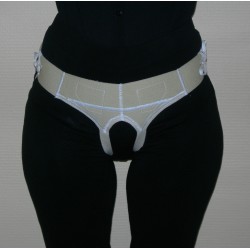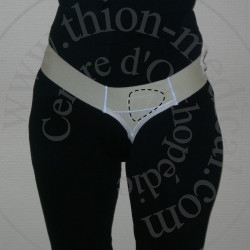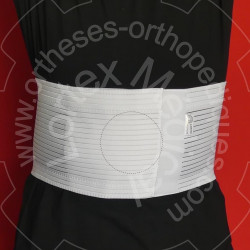
Pour Hallux valgus ou oignon du pied
Semelles META VALGUS pour Hallux Valgus + Huile ALPHA LUX
Semelles pour soulager l'oignon du pied et huile de massage pour calmer les douleurs
Conditionnement: 1 paire + 1 flacon de 50 ml
Adaptées aux chaussures de ville













